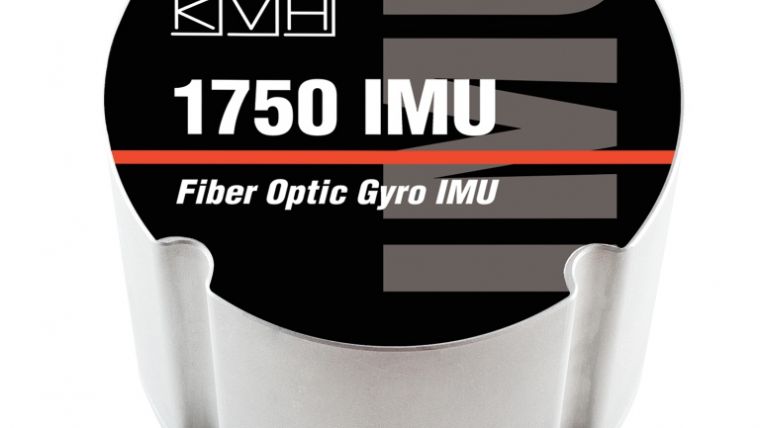KVH Unveils Plans for Low-cost Inertial Sensor for Self-driving Cars
KVH Industries has announced that it is developing a low-cost inertial sensor based on fibre-optic gyro (FOG) for self-driving cars. KVH also has introduced a developer’s kit to support integration and testing of FOG-based inertial measurement units (IMUs) in driverless cars.
Extremely precise heading based on fibre-optic gyro technology is absolutely essential for autonomous vehicle performance. This is something KVH has learned from having been involved with more than a dozen driverless car development programmes over the years, said Martin Kits van Heyningen, KVH’s chief executive officer. Nowadays, each driverless vehicle concept in development around the world is being designed in a unique way. With so many different possibilities, developers can accelerate their progress by working with a proven technology such as KVH’s FOGs and FOG-based IMUs and leveraging KVH's experience to ensure their success, he added.
The new developer’s kit includes the user interface software and all components needed to immediately connect a KVH FOG or FOG-based IMU to a computer in order to configure, analyse and test the unit. The kit is designed to help engineers get up and running in minutes, making it easier to run diagnostics and accelerate their system development, said Roger Ward, KVH’s director of FOG product development.
Commonplace
Driverless cars represent one of the fastest areas of autonomous-systems development. Transportation experts, automotive manufacturers, and engineers alike predict that driverless cars will be commonplace soon. In announcing early this year that an updated policy concerning automated vehicles will soon be published, the National Highway Traffic Safety Administration, which is part of the U.S. Department of Transportation, noted: The rapid development of emerging automation technologies means that partially and fully automated vehicles are nearing the point at which widespread deployment is feasible.
Accuracy
FOGs and FOG-based IMUs are key parts of the sensor mechanisms that are essential for highly accurate autonomous car performance. For example, FOGs provide precise azimuth measurements that an autonomous car’s logic processing unit and control systems need in order to determine motion through a curve. An IMU – which includes FOGs and accelerometers in one compact, lightweight package – does even more, providing highly accurate 6-degrees-of-freedom angular rate and acceleration data to precisely track the position and orientation of the car even when GPS is unavailable, thereby aiding the car in staying on course.
Jeff Brunner, KVH’s vice president for FOG operations, said his company has successfully produced more than 90,000 fibre-optic gyros for an extensive range of unmanned applications, in part because of its ability to tailor size, performance, and cost to meet different design needs. Controlling the entire FOG design and manufacturing process gives them that advantage, and makes it possible to produce a low-cost sensor when driverless cars enter full-scale production, he stated.
Other applications
KVH’s FOGs and FOG-based IMUs are in use in prototype programs not only for autonomous cars, but also for production programs for underwater unmanned vehicle navigation and rail/track geometry measurement systems, to name but a few. In addition, KVH’s inertial products have been widely adopted for commercial applications such as land-based street mapping platforms, unmanned aerial systems, camera stabilisation systems, and remotely operated subsea systems.
As more and more programs and platforms use KVH’s inertial products, the company claims they are becoming the reference standards of the unmanned world. For example, KVH’s 1750 IMU was an integral part of 11 of the 23 humanoid robot finalists in last year’s DARPA Robotics finals, a competition designed to showcase robots capable of intervening for and also replacing humans in high-risk situations such as fires, earthquakes and other natural disasters.

Value staying current with geomatics?
Stay on the map with our expertly curated newsletters.
We provide educational insights, industry updates, and inspiring stories to help you learn, grow, and reach your full potential in your field. Don't miss out - subscribe today and ensure you're always informed, educated, and inspired.
Choose your newsletter(s)
























